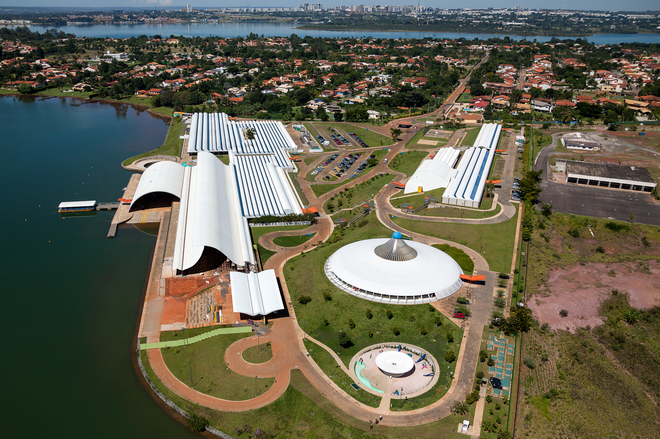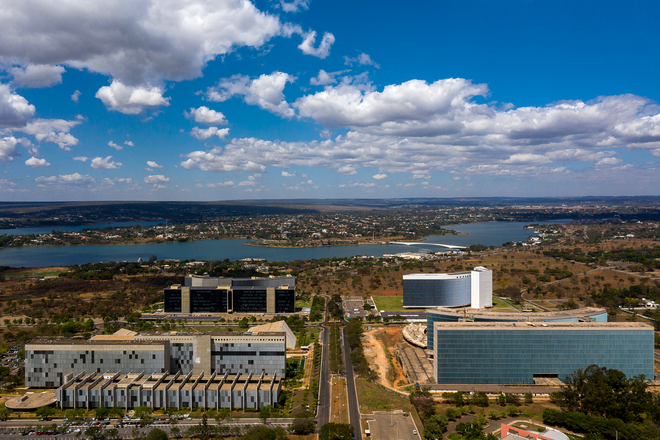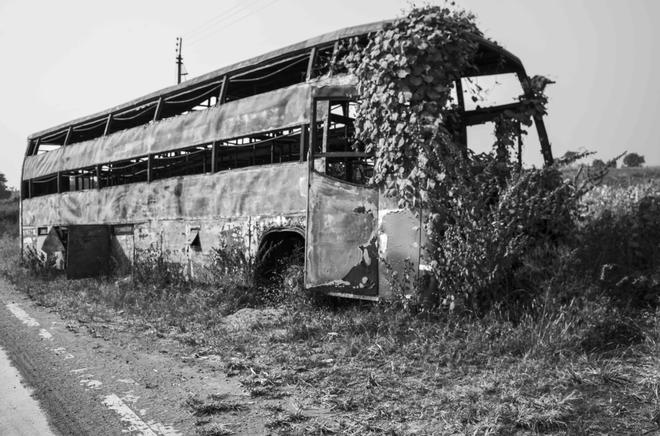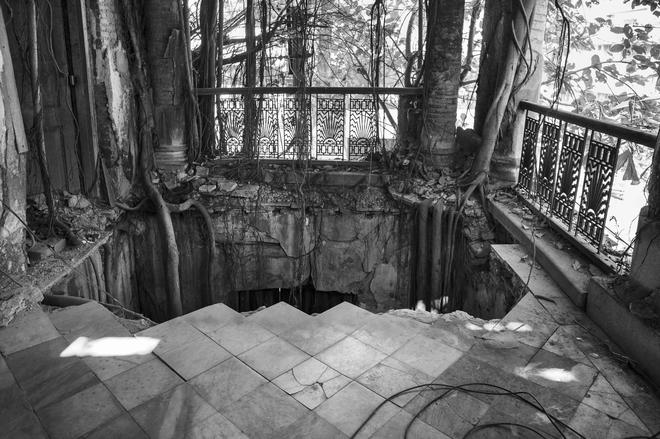
Art historian and curator Alka Pande admits that August 7 is going to be a very busy day. Three events will be coinciding that day: the second edition of the Bihar Museum Biennale 2023, which will witness a slew of Indian and international museums showcasing their work across four days of symposiums; the Together We Art exhibition, which will spotlight artists from G20 countries along the theme of ‘Vasudhaiva Kutumbakam’; and finally, the foundation day of the museum itself, which first opened its doors to the public in 2015.
As the curator of the Biennale, Pande hasn’t had a second to breathe. (The first was held in 2021, and helped the Bihar government popularise the fledgling museum, designed by the Pritzker-Prize winning Japanese architect Fumihiko Maki at a cost of ₹500 crore — as possibly the largest public museum in South Asia, both in scale and collection.)
As a curtain raiser this year, the museum is presenting two exhibitions: Brasilia 60+, which captures the unique character of the capital city of Brazil as the country celebrates 200 years of independence, and Nature Strikes Back, a photo exhibit by French Ambassador Emmanuel Lenain that invites visitors to explore the darker side of nature.


“The ambassador has been documenting and photographing India for the last four years. He’s looking at unusual spaces and nature in abandoned buildings, roadsides, buses. It’s not an uplifting, pretty thing, but it’s looking at humans and climate change, abandonment, and the theory of nature,” says Pande.


Emphasis on immersive experiences
This will be followed by sessions with stalwarts such as Sophie Marariou, the president of the Guimet Museum in Paris, who will talk of curatorial strategies in museum collections; Stephen Ingliss, the former director of the Canadian Museum of Civilization, explaining the best way to showcase collections; and Lars Koch from the Humboldt forum in Berlin, who will spotlight the way forward for museums.
“We’re also looking at how technology is shaping the future of museums, with immersive experiences becoming very important,” Pande shares. “It’s not just the object of antiquity that matters, but how immersion into the object of antiquity is happening. Museums are becoming experiential spaces, literally laboratories of ideas.”

Public museums are essential
According to Pande, the last few years have seen a rising interest in museums. “As a country grows and develops, culture becomes very important. People want to understand history, anthropology, sociology, philosophy — and every object becomes a culture bearer, an icon of society. The same thing is happening in India; we are coming of age, and understanding the importance of documenting our past. And in India, every architectural site is a museum, isn’t it?”
Though she believes that the increase in private museums is a great sign, she thinks that public museums are absolutely essential. “Private museums will always be good because there is a patron who wants to leave behind a legacy. Public museums sometimes tend to get apathetic — but that’s changing now. I see public museums doing more depending on who is driving the programming.”
State governments and civil servants are slowly realising the importance of culture, and giving public museums a new lease on life. Events such as the G20 have helped, but Pande doesn’t think that’s the main reason for this shift. “It’s been happening quietly and incrementally for years now, and it will keep happening. At the Bihar Museum, for instance, around 1,500 to 2,000 people visit every day. And on New Year’s Day, they get almost 10,000 people. So, they are curating interesting events [to keep the people engaged].”
Brasilia 60+ and Nature Strikes Back are on at the Bihar Museum from June 22 to July 22.







